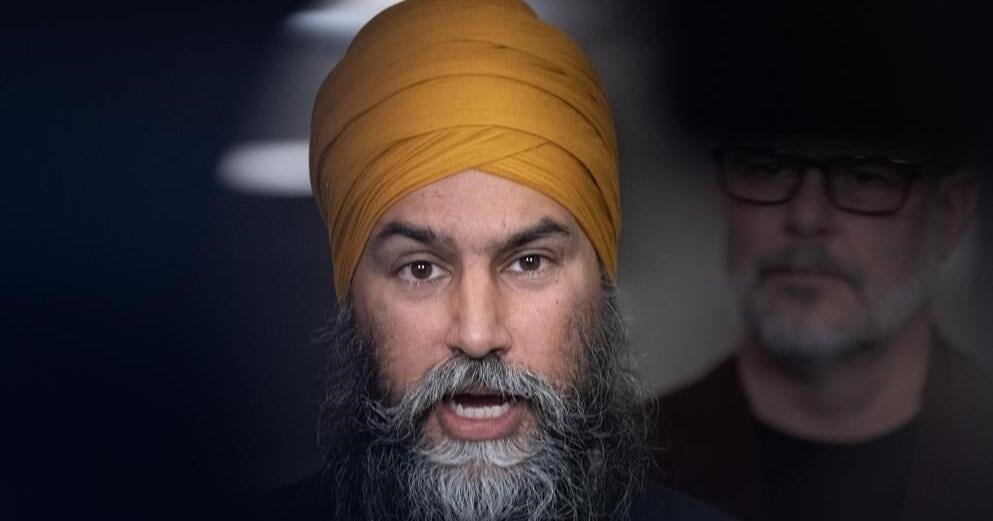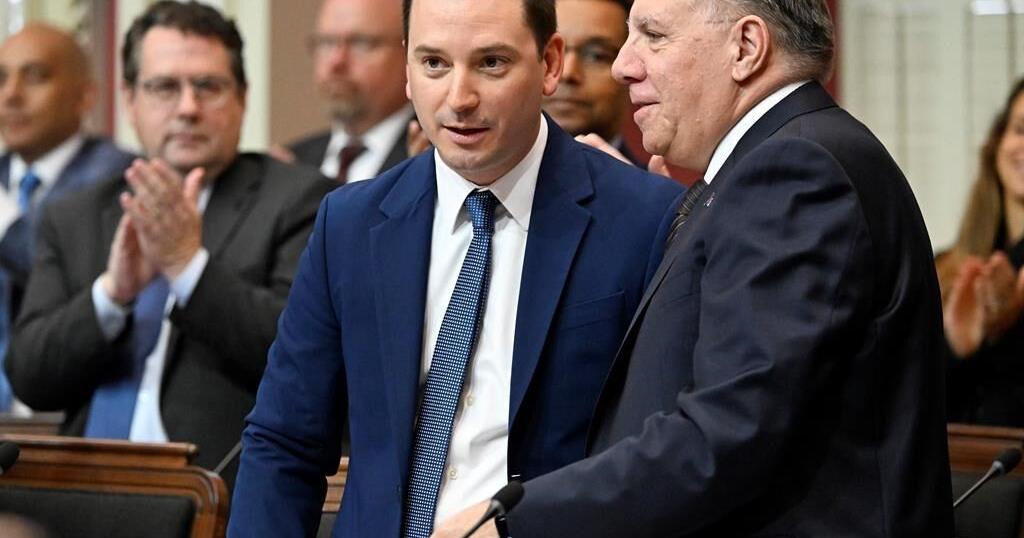Many of the old ways of campaigning don’t seem to work in 2020. In an attempt to return to pre-pandemic days, President Trump’s reelection campaign tried to fill a 19,000-seat arena in Tulsa, Okla., on June 20 but wound up with thousands of empty seats—in part because many Republicans opted not to risk catching Covid-19 at a big indoor rally where masks were optional. Last week, Mr. Trump turned instead to somewhat less risky outdoor events, speaking to often maskless supporters at Mount Rushmore and a July 4 gathering on the South Lawn of the White House. Meanwhile, after months hunkered down at his home in Delaware, Joe Biden, the presumptive Democratic nominee, is now regularly venturing out, holding socially distanced campaign events wearing a mask.
To try to save the 2020 presidential campaign, both camps might look back into American history to an old-fashioned idea: the front-porch campaign. Events with large crowds are likely to be severely curtailed this year, challenging two candidates who have relied on old-school stump speeches. The Democrats’ Milwaukee convention may be held online, and the main events of the Republicans’ convention have already been moved from Charlotte, N.C., to Jacksonville, Fla., because North Carolina’s Democratic governor, Roy Cooper, asked for various health precautions. This week, officials floated the idea of holding much of the GOP convention in an outdoor stadium as new cases continue to skyrocket in Florida.
Yet strange as it may sound to modern ears, social distancing often worked in earlier eras in American politics. Throughout most of the 19th century, presidential candidates remained at home while working behind the scenes to circulate their ideas. The ways they remained visible—while staying invisible—could help the 2020 candidates spread the word without spreading the virus.
“
George Washington recoiled from close contact with his fellow citizens.
”
The U.S. disdain for campaigning began with George Washington, who did so much to define the office of the presidency. He embodied democracy for millions of Americans, but he recoiled from close contact with his fellow citizens. A persistent legend from the Constitutional Convention records that he gave an icy stare to a New York delegate, Gouverneur Morris, who dared put his hand on Washington’s shoulder.
That refusal to glad-hand made political life difficult for Washington’s successors, who had to find ways to reach voters while respecting the precedent of Olympian aloofness he had set. The spread of printing technology helped, often favoring candidates who looked hale and active. Andrew Jackson triumphed in 1828, in part, because of a flood of pictorial images showing him acting vigorously, often on horseback. (His foe, President John Quincy Adams, preferred the pleasures of a library.)

A woodcut of an emblem for William Henry Harrison and John Tyler’s election campaign, 1840.
Photo:
Glasshouse Images/Everett Collection
That lesson was digested by Jackson’s Whig opposition, who in 1840 inundated voters with virile images of their elderly candidate, William Henry Harrison, outside a log cabin, tippling from a jug of hard cider. But the 68-year-old Harrison’s death after just a month in office, from a cold that worsened into pneumonia, deepened fears of personal contact with voters. Nine year later, Zachary Taylor also died in office, perhaps from cholera. The pressure to campaign without campaigning only increased.
The 1860 campaign brought political imagery to a new level. Cheap printing now made it possible to blanket the landscape with cartoons, speeches and sheet music.
Abraham Lincoln, the greatest orator in American history, won that year without giving a single speech, except a brief throat-clearing in Springfield, Ill., in which he asked “that you will kindly let me be silent.” Instead, Americans responded to images of the Republican candidate advertising his humble birth, as well as to prints of a strapping “Railsplitter” wielding an ax, popping a few buttons open on his shirt. They were also galvanized by Lincoln’s words, edited with extreme care by the candidate. (When a New York editor presumed to improve a speech, Lincoln replied that he didn’t want the punctuation or spelling adjusted within “a hair’s breadth.”) Message discipline helped Lincoln prevail; “his self-control was simply wonderful,” wrote his secretary.

A portrait of Abraham Lincoln entitled ‘The Railsplitter,’ circa 1860.
Photo:
Stephen Jensen/Chicago History Museum/Getty Images
As communications technology advanced, the taboo against in-the-flesh campaigning began to give way, but before it did, party bosses came up with an inventive way to get homebound candidates before the public. The idea for the “front-porch campaign” stemmed from a simple insight: Candidates could see large numbers of people from their own residences. Advanced coordination, made possible by the precision of railroads and telegraphs, allowed large numbers of visitors to show up for their moment before the porch, then clear out before the next group came in.
In 1880, James Garfield welcomed Americans to visit him at his farm in tiny Mentor, Ohio (population 540), and roughly 15,000 did over several months, thanks to a new railroad spur. Some meetings were electric, as when a delegation of Black Americans arrived and the nominee affirmed his belief in equal justice. Garfield won by less than 10,000 votes, suggesting that his remarks made a difference.
In 1888, Benjamin Harrison took the front-porch campaign to a new level, giving more than 80 speeches from his porch in Indianapolis, before 300,000 people. (It helped that his home was close to the train station.)
“
In 1896, more than 700,000 people came to Canton, Ohio, to hear Republican candidate William McKinley.
”
In 1896, William McKinley conducted the greatest front-porch campaign of all. More than 700,000 people came to Canton, Ohio, across a long Indian summer to hear the Republican candidate speak in a neighborly way about the issues. For those who couldn’t make the trip, a printed version of McKinley’s every utterance was shipped around the country by his ruthlessly efficient campaign manager, Mark Hanna.
It worked, but the theater of politics was changing, growing more hands-on. McKinley’s rival in 1896 was a new kind of Democrat, William Jennings Bryan, who began to campaign in earnest, giving more than 600 speeches, to a total of some five million people. Bryan lost, but the front-porch style of politics was growing old as Americans thronged cities and a new century approached.

Theodore Roosevelt speaking to an audience during the campaign of 1900.
Photo:
Bettmann Archive/Getty Images
Four years later, after Theodore Roosevelt became McKinley’s vice president, he too began to campaign hard, making 480 appearances in 23 states. American politics would never be the same. Our campaigns have been full-throated, immersive spectacles ever since, except for 1944, when a fading President Franklin Roosevelt barely left the White House while running for a fourth term.
Amid the pandemic, the old front-porch campaigns might prove helpful again. In this terrifying time, Americans want authenticity and answers from candidates who understand their household concerns. It makes sense to hear those messages from candidates speaking from kitchens and living rooms, like anyone else.
Both Mr. Trump and Mr. Biden have profited by speeches to large crowds. But smaller, single-topic conversations can allow deeper explorations of the themes that now worry so many Americans—not just health and joblessness but all the other questions that divide us, from racism to climate change to immigration.
For the millions who have discovered Zoom and similar videoconferencing platforms in recent months, it has often been heartwarming to hear from friends and colleagues, speaking over a new kind of digital back fence. A digital front porch might present a winning opportunity for a campaign nimble enough to see it.
—Mr. Widmer is a distinguished lecturer at Macaulay Honors College at the City University of New York. His most recent book is “Lincoln on the Verge: Thirteen Days to Washington.”
Copyright ©2020 Dow Jones & Company, Inc. All Rights Reserved. 87990cbe856818d5eddac44c7b1cdeb8


































